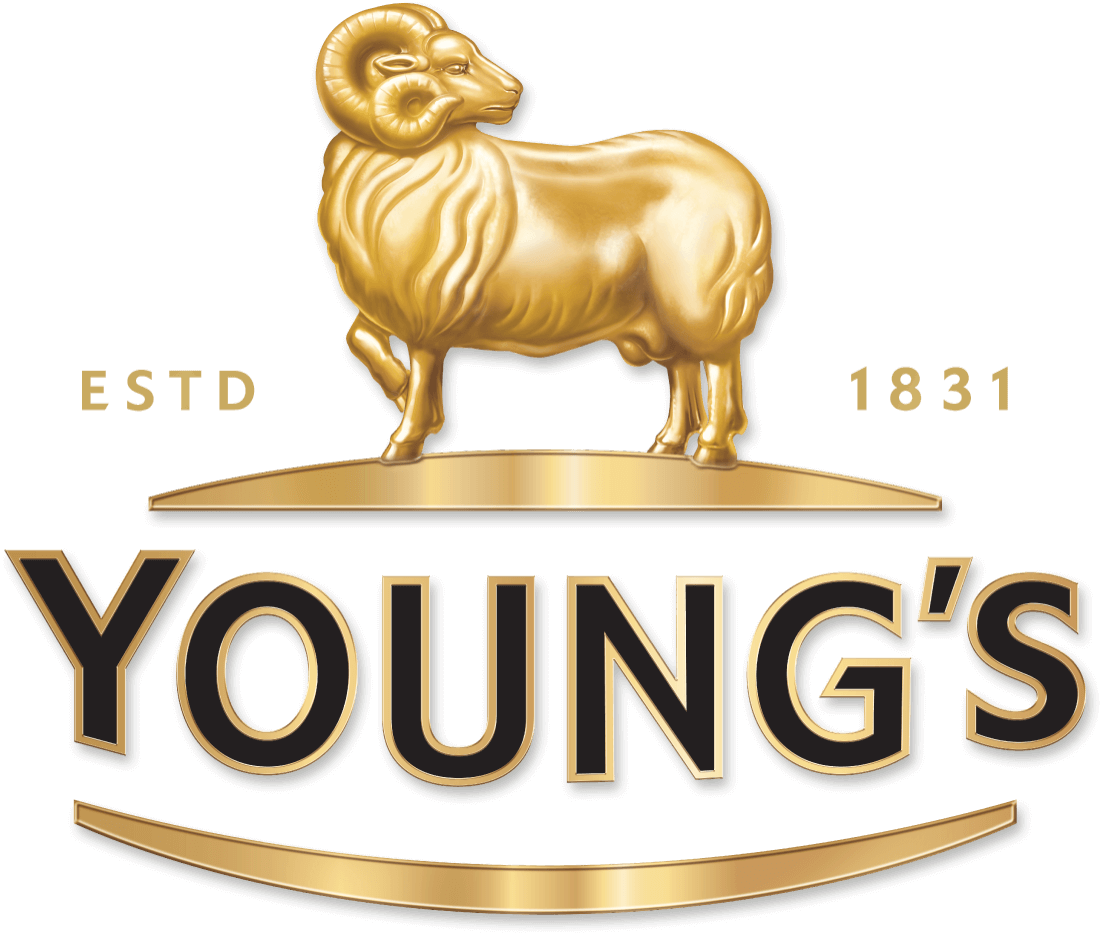Côtes du Rhône, Saint-Esprit 2014 Delas
Every month, the fabulous Helena Nicklin, AKA the Wine Bird, uncorks a bottle of wine from our cellars and gives you a fuss-free low-down on what’s behind the label.
What does Côtes du Rhône mean?
The Rhône is a river that runs through the French wine region of the same name. ‘Côte’ means ‘bank’, so this wine was made with grapes grown on the banks of the Rhône river.
What’s AOC?
AOC stands for Appellation d’Origine Contrôlée (controlled name of origin). Having AOC on your label assures a certain level of quality. This is because to be able to use the term AOC, the producer has to adhere to strict winemaking processes and the grapes must come from specifically demarcated areas. It’s basically a pretty good way of making sure you’re not buying moonshine…
